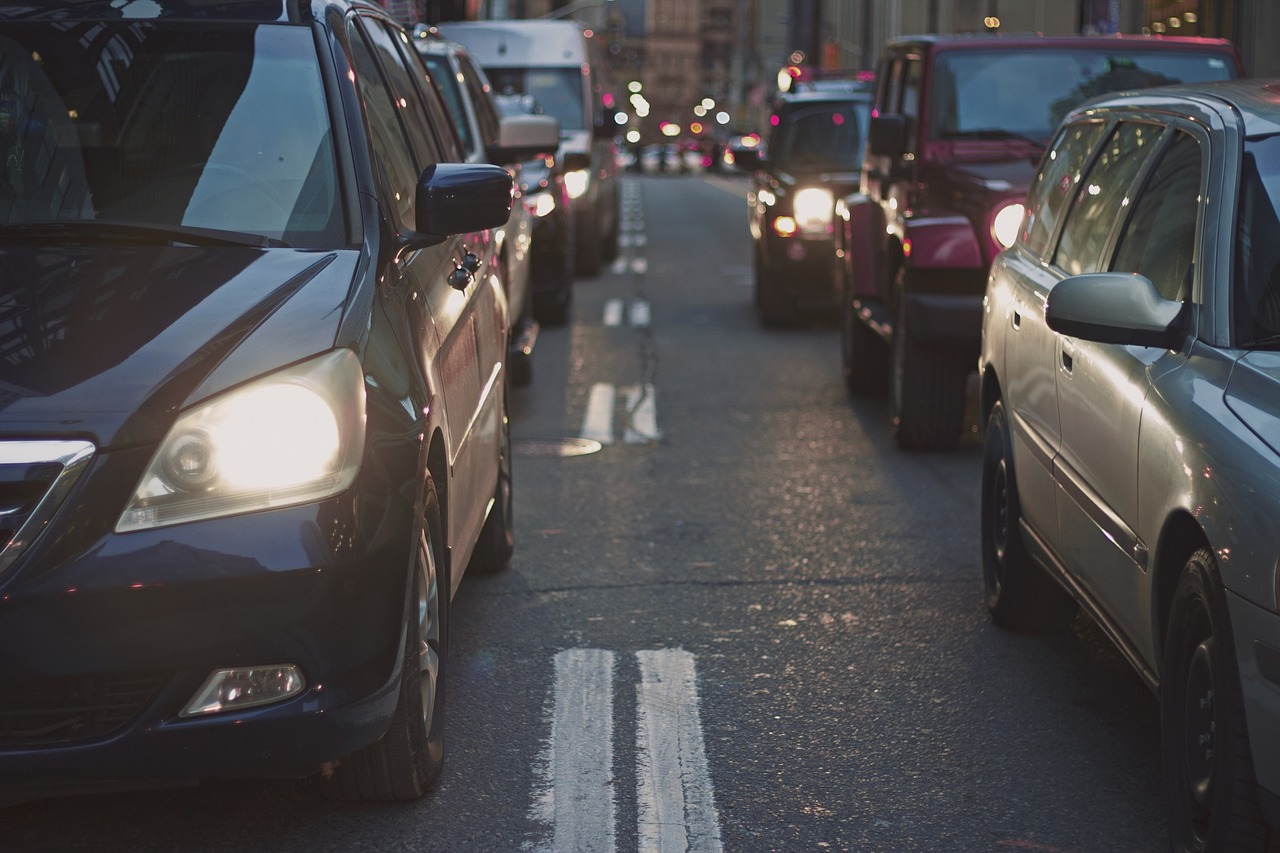It takes less time than you think to get used to the intense traffic, herds of pedestrians and maze-like streets of inner city driving. But even after years of accident-free commuting, there’s still plenty of ways the average urbanite could improve their skill behind the wheel, and the following tips are just some of the essential ways you can make the often stressful task of getting from one district to another easier for tourists and residents alike.
Dealing with rush-hour
If you deal with blocked up traffic on a daily basis, then you already know how useless it feels to be told you should just “avoid it”. But what can you actually do? We live in a world with more up-to-the-minute information than ever before, so it makes sense that your morning routine should include at least 10 minutes devoted to planning your journey.
Waze, VZ Navigator and Total Traffic are just three of the well known traffic information apps designed to give you updated road info, traffic jam locations and alternate routes. They’re ideal if getting to work on time will require you to leave the house a bit earlier, or find your way through an unknown set of side-streets.

Understanding other Road Users
You may find pedestrians, taxis and cyclists unbearable when driving in the city, but they’re not going anywhere, so you need to learn to live with them. It might be useful to take some time out of your own city and see how cyclists and pedestrians behave differently elsewhere.
Where a person comes from can have a big impact on how they cross a busy road. The most ‘walk-friendly’ cities in America, for example, often incorporate road safety into public education and even staff training, whilst a 2013 study showed that French pedestrians are more likely to take risks than those from Japan.
The takeaway from all this is that you can become a better driver simply by being better at predicting the behaviour of other road users; i.e. knowing how long before a light turns green is a pedestrian likely to dart across, or how much space the average taxi driver will ‘expect’ to receive when trying to pull over.
Which is the Most City-Friendly Car?
Becoming a better city driver may well start with a change in vehicle. Obviously a massive 4x4 or SUV are the least appropriate purchases, but there’s many other ways to downgrade. This article from TechTrends argues that the archetypical city car is a small hatchback with a tiny engine and a low price. These vehicles are better able to navigate the claustrophobic streets thanks to their simple box shapes, compact sizes, and some even feature electric/battery motors that could help reduce your overall carbon footprint.